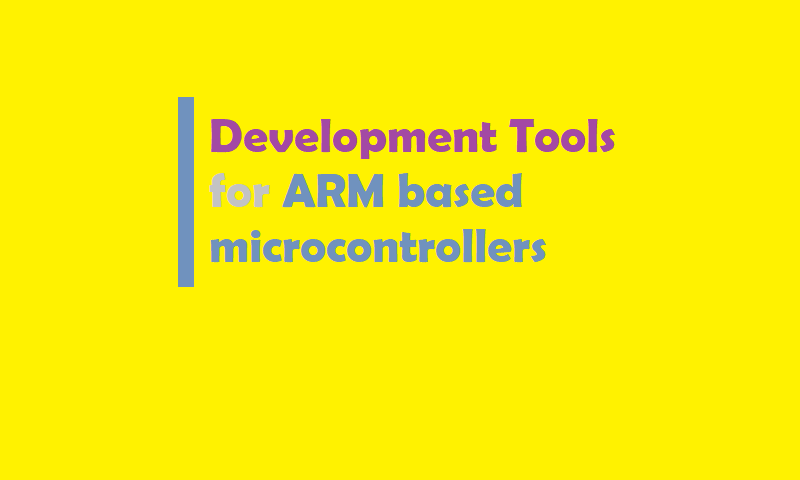Why Consider Computer Power Management Software
In an era where digital technology is at the heart of every organization, managing the energy consumption of computer systems is not just an option but a necessity. Computer power management software, particularly PowerPlug Pro, emerges as a pivotal tool in this context. It not only promises significant energy savings but also plays a crucial role in extending the lifespan of hardware components. This introductory section delves into why organizations should pivot towards embracing such software, highlighting the dual benefits of reduced energy bills and prolonged equipment life, thereby setting the stage for a deeper exploration of its impact on hardware longevity.
What is the Relationship Between Energy Consumption, Heat Generation, and Hardware Lifespan?
The intricate relationship between energy consumption, heat generation, and the lifespan of computer hardware is foundational to understanding the necessity of power management software. Essentially, when a computer operates, it consumes energy, a portion of which is converted into heat. This heat generation is not merely a byproduct; it is a critical factor affecting the durability and performance of hardware components.
High temperatures can accelerate wear and tear on these components, particularly on sensitive parts like CPUs, GPUs, and hard drives. Consistent overheating can lead to reduced efficiency, increased failure rates, and, ultimately, a shortened lifespan for the equipment. On the other hand, effective management of energy consumption can mitigate excessive heat generation, thereby minimizing thermal stress on hardware.
This is where computer power management software steps in. By optimizing power use and reducing unnecessary operational hours, such software directly contributes to lowering heat output. The reduced thermal load not only enhances immediate operational efficiency but also significantly prolongs the functional life of the hardware, ensuring sustainability and cost-effectiveness in the long run.
How Does PowerPlug Pro Work to Extend Equipment Lifespan?
PowerPlug Pro is engineered with the primary goal of reducing energy consumption across computer systems, which indirectly plays a significant role in extending the lifespan of hardware. It achieves this through several innovative mechanisms designed to optimize the power usage of PCs without compromising their performance or availability.
Firstly, PowerPlug Pro intelligently monitors computer usage patterns and activity levels, enabling it to automatically adjust power settings to the most efficient modes during periods of inactivity. For instance, it can transition computers into sleep or hibernation modes when they're not in use, significantly reducing their energy consumption and heat generation.
Moreover, PowerPlug Pro allows for the creation of customized power management policies. These policies can be tailored to fit the specific needs of an organization, taking into account work schedules, peak operation times, and even the energy consumption profiles of different hardware components. This level of customization ensures that energy is used judiciously, minimizing unnecessary heat production that could lead to hardware degradation.
By reducing the operational heat through controlled energy consumption, PowerPlug Pro not only lowers energy bills but also mitigates the thermal stress on hardware components, thereby enhancing their durability and operational lifespan.
What Empirical Evidence Supports PowerPlug Pro's Effectiveness?
The effectiveness of PowerPlug Pro in extending the lifespan of computer hardware and achieving energy savings is not just theoretical but is backed by substantial empirical evidence. Several case studies and client testimonials have illustrated the tangible benefits that organizations have reaped by implementing this power management solution.
One notable example is Clalit Health Services, one of the largest health maintenance organizations worldwide. By integrating PowerPlug Pro across their network of 45,000 PCs, Clalit Health Services reported annual savings of over $1.2 million. This financial saving is a direct result of reduced energy consumption, which also implies less heat generation and, consequently, less wear on their computer systems.
Similarly, Rambam Healthcare Campus showcased an impressive return on investment after deploying PowerPlug Pro. With more than 2,000 computers under management, Rambam experienced significant energy savings that translated into extended hardware lifespan, achieving an ROI in less than four months.
These instances provide concrete evidence of PowerPlug Pro's capacity not only to lower operational costs through energy savings but also to contribute to sustainability efforts by enhancing the longevity of hardware assets. Such empirical data underscore the dual benefits of adopting PowerPlug Pro for organizations looking to optimize their energy use and protect their hardware investments.
Analyzing the Cost Savings: Energy Efficiency and Extended Hardware Lifespan
The financial implications of implementing PowerPlug Pro, stemming from both energy efficiency and extended hardware lifespan, constitute a compelling argument for organizations. Analyzing the cost savings involves considering both immediate reductions in energy bills and the long-term benefits of delaying hardware replacements.
The direct cost savings from reduced energy consumption are evident in the decreased operational expenses. Organizations like Clalit Health Services and Rambam Healthcare Campus have documented substantial annual savings, showcasing the immediate financial benefits of PowerPlug Pro. These savings are a result of the software's ability to minimize idle power usage and optimize energy consumption across thousands of PCs.
Beyond the immediate energy savings, the extended lifespan of computer hardware represents significant cost savings. By reducing the heat stress on components, PowerPlug Pro lessens the need for frequent repairs or replacements. This prolongation of hardware life translates into deferred capital expenditure, as organizations can maximize the utility of their current assets over a longer period.
Together, the energy efficiency and hardware preservation facilitated by PowerPlug Pro contribute to a lower total cost of ownership for computer systems. This dual advantage makes a compelling case for the software's role in fostering both economic and environmental sustainability.
Can Power Management Software Truly Extend Hardware Lifespan?
In conclusion, the evidence strongly supports the notion that computer power management software, particularly PowerPlug Pro, plays a crucial role in extending the lifespan of hardware. By intelligently managing energy consumption and minimizing heat generation, such software not only ensures operational efficiency but also significantly reduces wear on hardware components. The empirical data from organizations that have implemented PowerPlug Pro highlights both the energy savings and the prolonged hardware utility, translating into considerable cost savings. Thus, it's clear that power management software is indeed a key factor in achieving both economic and environmental sustainability in the digital age.
click here for more info: powerplug.ai/






